ZEISS Cinema lenses have been delivering great cinematic images and offers great flexibility thanks to interchangeable mounts, allowing them to be used with a wide range of cameras. Affordable, flexible, the ZEISS Cinema lenses are an invaluable addition to any film set. ZEISS has a marketing strategy which is rooted in a commitment to place the consumer at the very core of their operations.
Umender Shah, Head of Consumer Product, Cinematography, ZEISS India shares his insights in an exclusive interview with Broadcast and Film.

Q. What is the role and the creative process of Cinematographers? Which challenges do they face?
Film production is a collaborative endeavor involving various skilled professionals, artists, and technicians. The Cinematographer, in particular, plays a multifaceted role that involves understanding the underlying emotions, mood, and objectives within the script and translating them into captivating visual imagery. This intricate process requires a delicate balance of lighting styles, compositions, movements, and lens choices.
In today's technologically driven landscape, Cinematographers face new challenges, including time constraints, limited budgets, and the need to keep pace with rapidly evolving technologies. Despite these challenges, they continually strive to explore innovative and fresh approaches to crafting a film's visual language.
On the operational side, equipment rental houses are integral to the production phase but could benefit from refining their approach. Instead of merely providing equipment, they could enhance their role by adopting a more organized and professional demeanor, functioning as consultants who offer expertise and guidance to improve the overall production process.
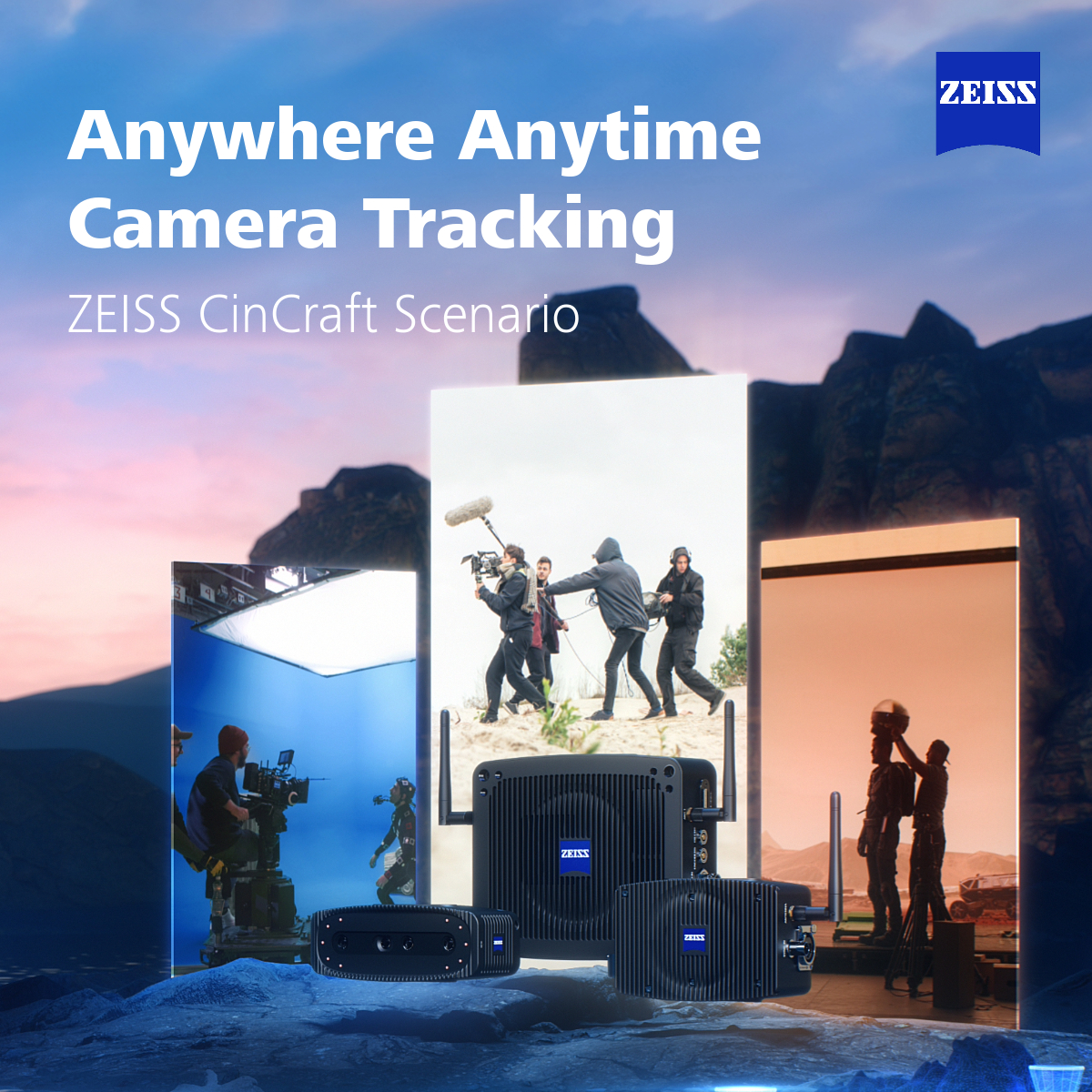
Q. Which trends and technologies are currently shaping the Cinematography industry?
The cinematography industry is currently undergoing significant transformations due to the rise of technology, influencing various aspects from film production to distribution and marketing. This evolution is shaped by technological advancements, shifting consumer preferences, and emerging trends that contribute to an enriched movie experience.
• Rise of Streaming Platforms: Streaming services like Netflix, Amazon Prime, and Hulu have revolutionized the traditional film industry, providing viewers with the convenience of enjoying movies and TV shows from the comfort of their homes.
• Expanding Markets: The industry's growth has led to an increased demand for local content, contributing to the diversification of the film industry as markets expand.
• Technological Advancements: Significant strides in technology, such as virtual reality, augmented reality, and 3D cinema, are elevating the movie-going experience. Virtual production, artificial intelligence (AI), 5G, and augmented reality (AR) are reshaping the art of filmmaking and how audiences consume content.
As the industry progresses, technology is expected to continue playing a transformative role, further shaping the filmmaking process, and enhancing the viewer experience in unprecedented ways.
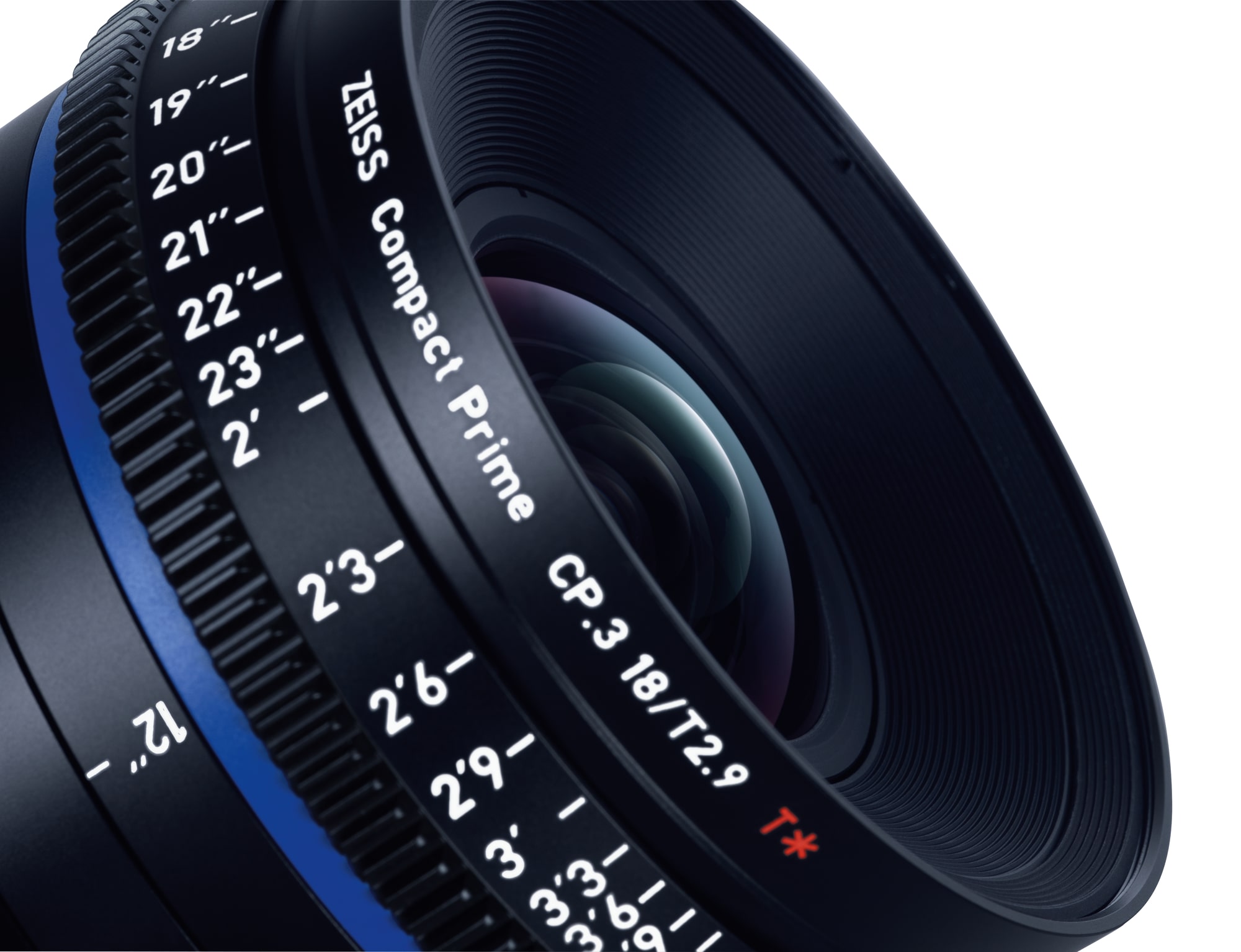
Q. How does ZEISS capitalize on these trends?
Based on the ambitions and applications or field of work, we can classify Cinematographers into three broad categories: High-, Mid & Entry-level. Mid-level Cinematographers are the largest consumer group, while high-end Cinematographers possess significant influence over the industry at large. Furthermore, Cinematographers typically select their equipment predicated on their experience and extensive testing.
ZEISS has a comprehensive offering of Cinematography lenses ranging from the entry- & mid-level segment with the Compact Primes (CP.3s), Cinema Zoom Lenses and the newly launched Nano Prime Lenses, to the high-end segment with the Supreme Prime & Supreme Prime Radiance Lenses. For virtual production, the ZEISS CinCraft Scenario is a solution for real-time camera tracking that is both user-friendly and economically viable for a wide range of visual effects. It stands out as the only real-time camera tracking system that functions seamlessly on film sets, green screens, and LED volumes. This is due to its hybrid tracking technology that uses not only natural markers yet can also employ reflective markers as well as digital markers on LED screens. In addition to providing camera tracking data for use in a real-time rendering engine for Virtual Production, CinCraft Scenario also records data on set for further use in post-production. This data significantly reduces time and effort in the post-production process, especially in match moving. During Camera-lens preparation, CinCraft Scenario can be simultaneously setup and paired as the camera-lens combination is being prepared by the film crew, prior to being taken on set. The integration of CinCraft lens characteristics database allows to bypass the cumbersome lens calibration process. When used with ZEISS cinema lenses, the CinCraft Scenario is essentially a plug-and-play solution.
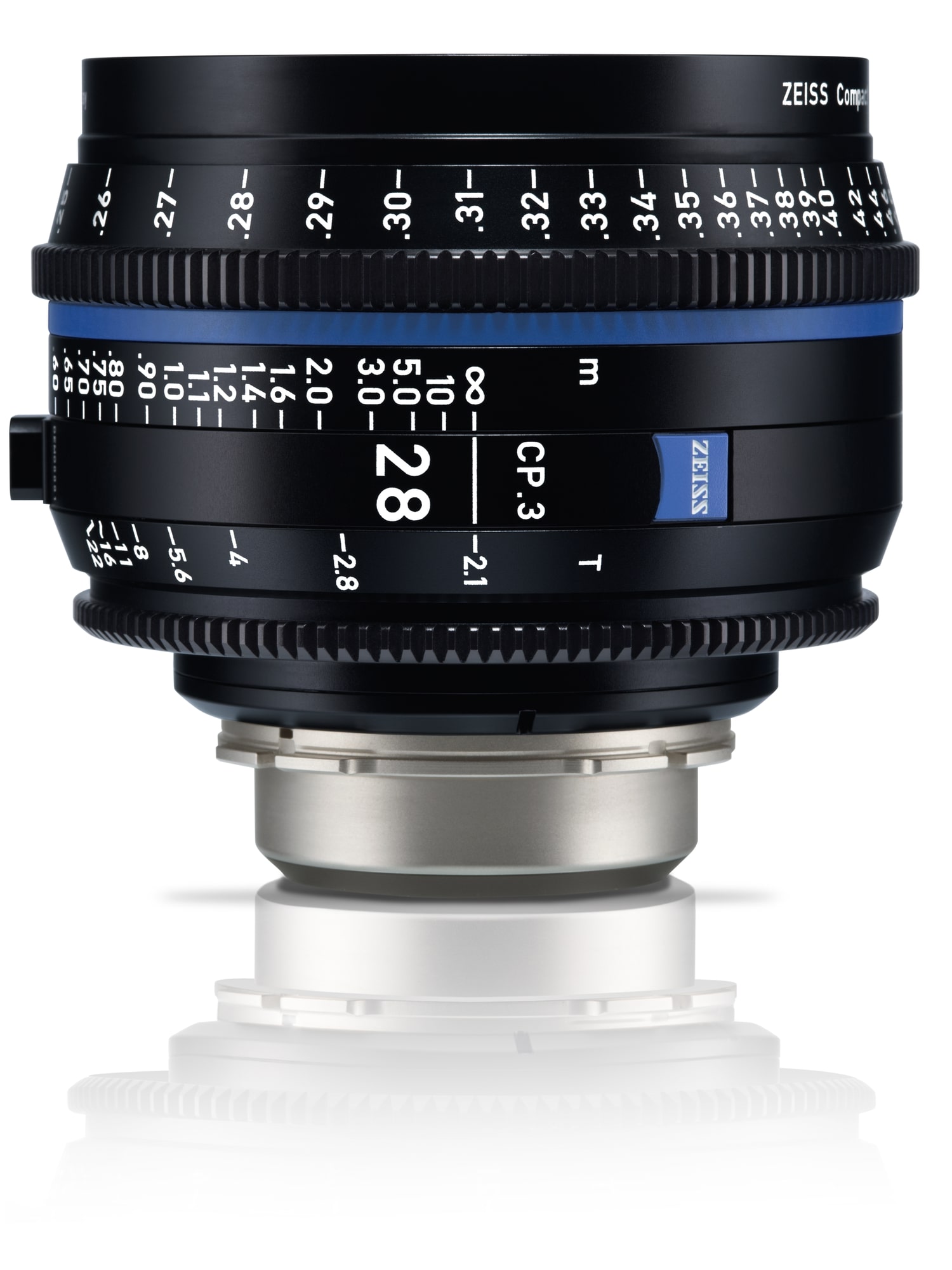
Q. Why is the choice of lenses so important for Cinematographers?
A Cinematographer relies on sophisticated visual grammar and intricate visual design to convey a narrative through moving images. Elements such as lighting design, camera angles, camera movement, image magnification, lens selection, and color schemes within the frame all merge to shape the visual design of a narrative.
While filmmakers often place substantial emphasis on the camera body or sensor, the reality is that a proficient Cinematographer must possess an in-depth understanding of lenses as well, including knowing how to utilize a lens to frame a scene and establish the mood of the film. Lenses serve as the eyes through which the audience “sees” the story of a movie, with every aspect of the final film being directly influenced by the choice of lens.

The selection of a lens is a critical step towards creating the desired image for any visual narrative. Once the Cinematographer has grasped the script, they will work towards transforming the text to a visual language, a process significantly influenced by choice of lens. Each lens possesses unique characteristics that impact the final image captured. These characteristics can be broadly classified by the texture, tonality, and aberrations. Sharpness, tonal contrast, and focus fall-off constitute towards the texture of the image, while saturation and color bias influence the image's tonality. Aberrations such as vignetting, distortion, and bokeh shape are crucial in defining the lens' character. A Cinematographer skillfully uses permutation combination of all these technical aspects of a lens towards designing a peculiar image suited for a particular narrative.
Q. How is the cinema lenses business of ZEISS expanding its footprints across states and film industry in India?
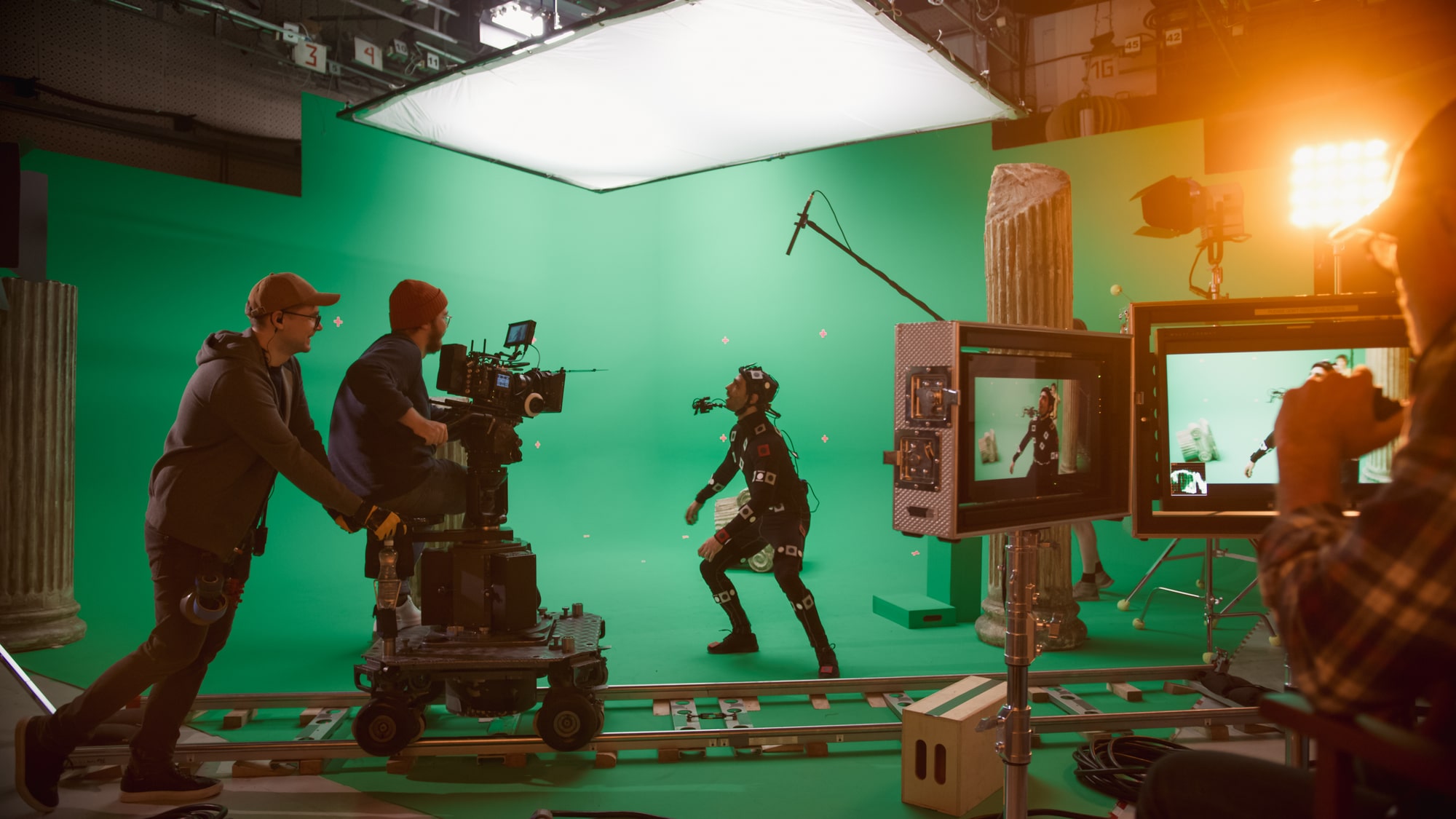
The cinema lenses business of ZEISS has been making significant strides in expanding its presence across states and the film industry in India. India's vast cinematic landscape that spans over 20 languages and diverse regions, presents a unique and expansive market for us.
Officially entering the Indian cinema business in 2012, ZEISS initially focused on the entry-level cinema market with a select product portfolio. However, our growth has been encouraging, driven by factors such as increasing per capita income, a burgeoning middle class, and rising demand from Tier 2 and Tier 3 cities. The current trend of digitization and the upcoming use of visual effects further contribute to the promising outlook for our business in India.
As pioneers in the industry, we have played a pivotal role in creating and shaping new market segments. Today, our Cinema Lenses portfolio has become the industry standard for various segments of the cinema business. The recent launches of ZEISS Nano Prime Lenses and CinCraft Scenario not only contribute to consolidating our position in the cinematography market but also underscore our commitment to consistently raising the bar and establishing new industry benchmarks.
Q. How does ZEISS adept its marketing strategy to the film industry?
Our marketing strategy is rooted in a commitment to place the consumer at the very core of our operations. The conventional approach to consumer marketing is ill-suited to the Cine business, given that Cinematographers select equipment based on their personal experiences and rigorous testing. Our marketing ethos at ZEISS is grounded in the understanding that it is not our own ambitions, but those of the individuals we engage with, that hold paramount importance. Our ambition is to enable our customers to reach, or even surpass, their ambitious goals.
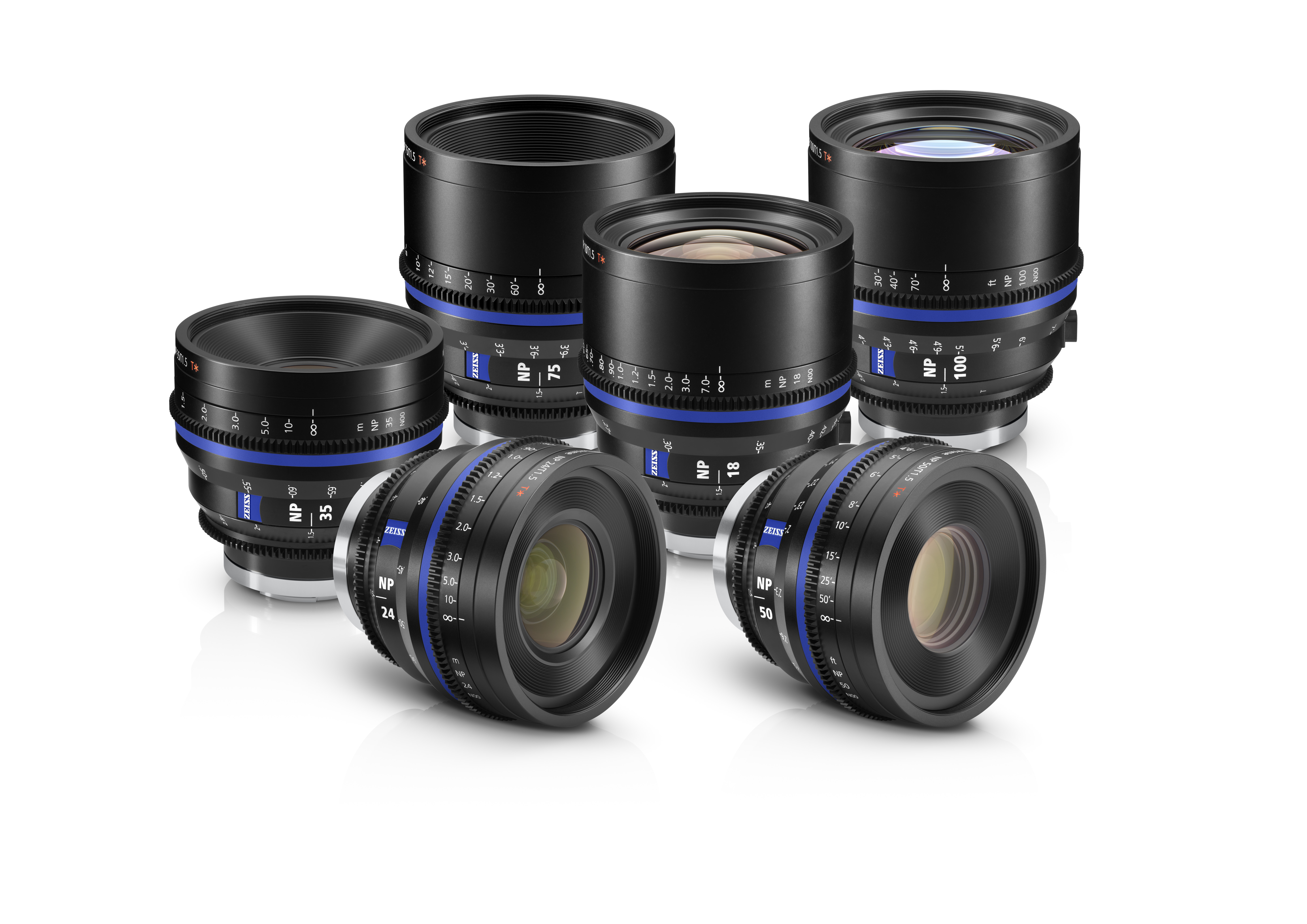
Training sessions, exhibitions and workshops are critical to our business. They serve as a platform for us to not only stay updated on industry developments but also to foster connections with our customers. Through such initiatives, we want to give a hands-on experience to the budding talents in the industry. Also, such practices strengthen our market position by adding value to our customers, thereby enhancing their experience with us at ZEISS.
As a socially conscious organization, we have incorporated several key initiatives into our strategic framework:
We strive to establish ourselves as an Industry & Technology partner, fostering collaborations that drive progress and innovation.
We endeavor to cultivate a culture of learning, leveraging our years of experience and accumulated knowledge to enlighten others.
We aim to bridge the gap between education and industry know-how, ensuring that theoretical learning is complemented by practical understanding.
We view our interactions as opportunities to learn from others, recognizing that their curiosity and aspirations can inspire us to continually improve.
In essence, we aim for a reciprocal relationship that allows us to stay informed about the evolving trends and developments in our surroundings while serving as an enabler for our customers to shape the cinematography market.
Q. What are the way-forward plans for the next 10 years for ZEISS and the movie business?
In today's dynamic market, it is crucial to closely engage with customers and introduce technological advancements that effectively address their challenges. We recognize the increasing significance of time and cost considerations in production. At ZEISS Cinematography, we have consistently been pioneers in providing solutions that not only set trends but also influence markets for mutual benefit. Our Compact Primes and Cinema Zoom Lenses were groundbreaking as the first Full Frame entry-level Cinema Lenses, and our introduction of interchangeable mount systems addressed market needs effectively. The Supreme Prime and Supreme Prime Radiance Lenses set industry standards as another benchmark.
We are confident that our latest offering in the Indian market, the ZEISS Nano Prime Lenses, is designed to shape the market by providing optimal optics for the current camera ecosystem.
While anticipating further developments in the camera lens market, we are also venturing into the Virtual production landscape with CinCraft Scenario, an innovative combination of hardware and software. This venture underscores our commitment to staying at the forefront of technological advancements and continually shaping the industry landscape.